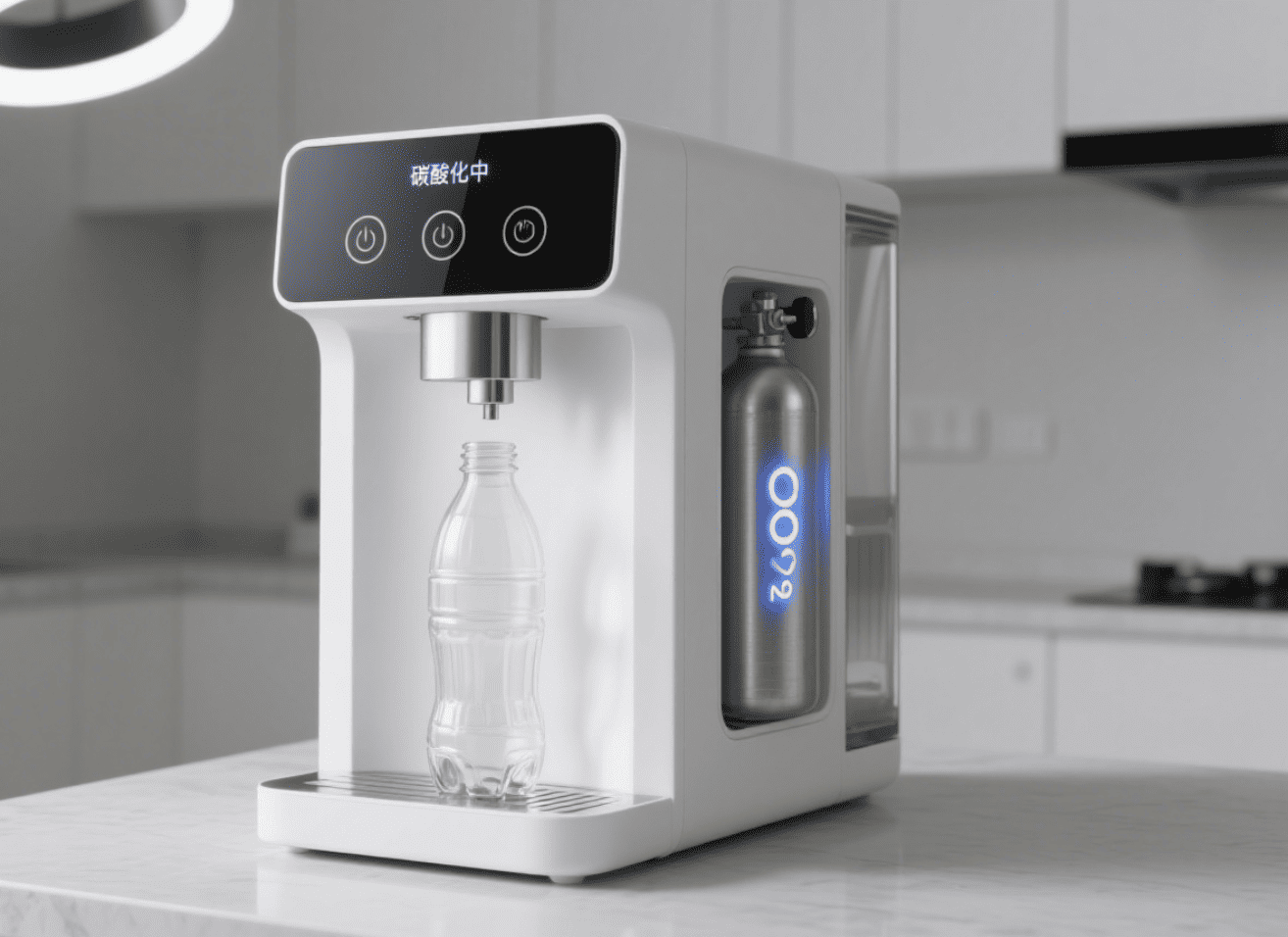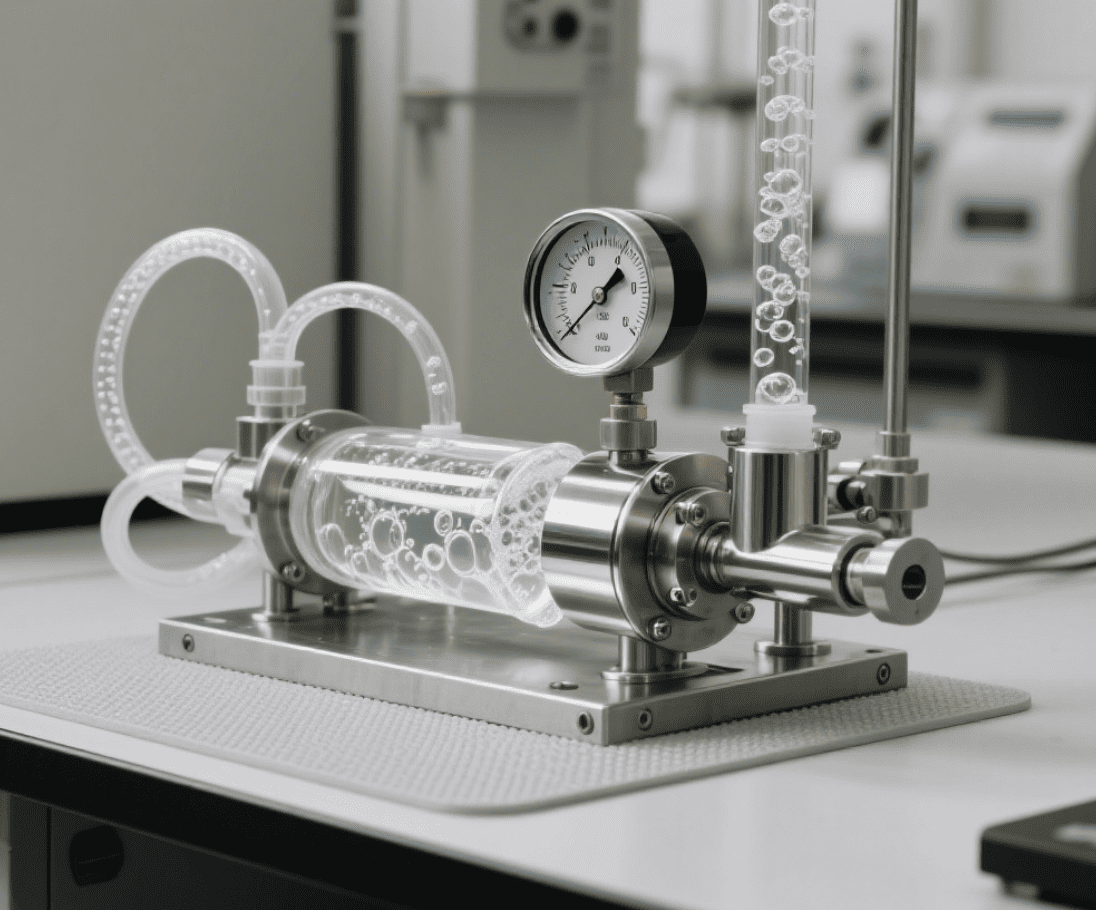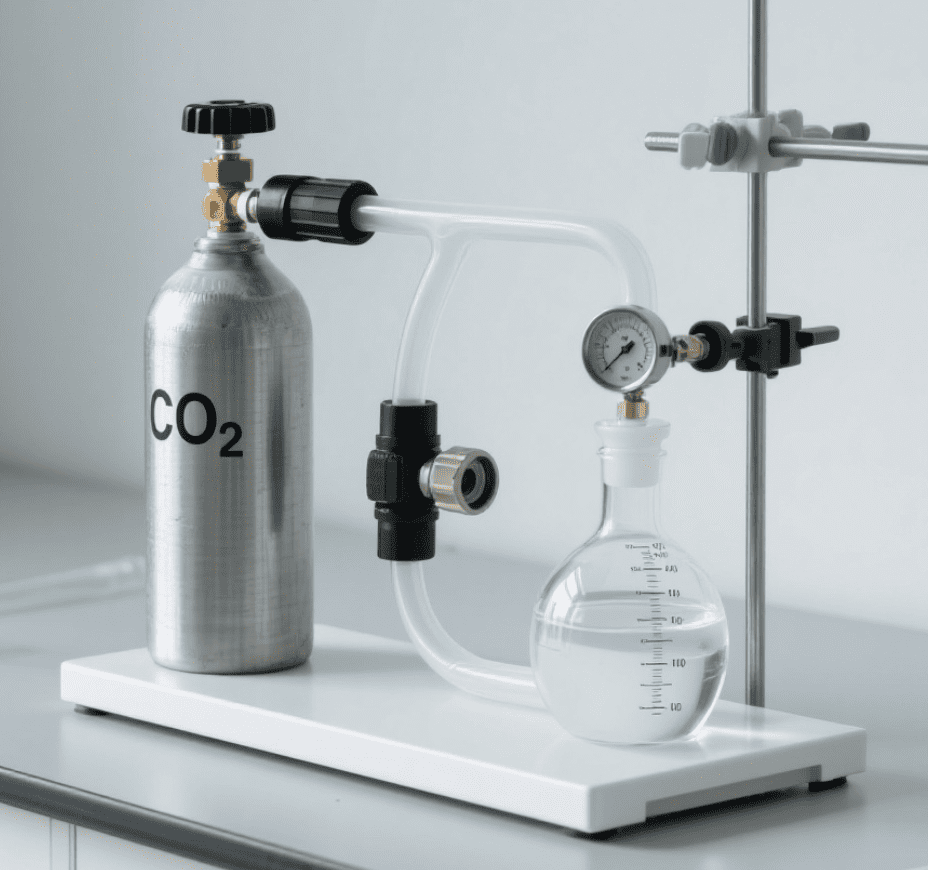What’s the Best CO₂ Cylinder Size for Tire Inflation on the Go?
When you're out on the road or trail, having the right tools for tire inflation can make all the difference. A CO₂ cylinder is a convenient and portable option to quickly inflate your tires, but choosing the right size can be confusing. In this guide, we'll explore the best CO₂ cylinder size for tire inflation on the go, so you can be prepared for any situation.
Understanding CO₂ Cylinders
Before diving into sizes, it's important to understand how CO₂ cylinders work. These small, portable canisters are filled with compressed carbon dioxide gas. When released, the gas expands rapidly to inflate your tire. They're perfect for cyclists, motorcyclists, and even car drivers who need a quick fix without the bulk of a traditional pump.
Why Use CO₂ for Tires?
CO₂ cylinders are popular because they're lightweight and easy to carry. They provide a quick burst of air, inflating tires in seconds, which is particularly useful in emergencies or during races when time is of the essence. However, they are single-use and need to be replaced after each use, so it's essential to have a few on hand if you're planning a long trip.
Choosing the Right CO₂ Cylinder Size
The right CO₂ cylinder size depends on your specific needs, such as the type of tire and the desired inflation pressure. Let's break down the most common sizes and their applications.
12-Gram CO₂ Cylinders
12-gram cylinders are among the smallest available and are typically used for inflating smaller bicycle tires. They're ideal for road cyclists who prioritize weight and space. However, they might not provide enough air for larger mountain bike tires or car tires.
· Best for: Road bikes with narrow tires
· Not suitable for: Mountain bikes, motorcycles, or cars
16-Gram CO₂ Cylinders
16-gram cylinders are the most popular choice for cyclists. They offer a good balance between size and inflation capability. These cylinders can inflate a standard road bike tire to around 90-100 psi, making them versatile for most cycling needs.
· Best for: Road bikes and some mountain bikes
· Not suitable for: Larger tires like those on cars
20-Gram CO₂ Cylinders
For those who need more power, 20-gram cylinders can inflate larger tires, such as those on mountain bikes or gravel bikes. They're slightly bulkier but still portable enough for most cycling adventures.
· Best for: Mountain bikes and gravel bikes
· Can also be used for: Some motorcycle tires
25-Gram CO₂ Cylinders
25-gram cylinders are designed for larger tires, including those on motorcycles and some car tires. They provide a significant amount of air, making them ideal for off-road enthusiasts who encounter larger tire volumes.
· Best for: Motorcycles and small car tires
· Not suitable for: Full-sized car tires
Tips for Using CO₂ Cylinders
Knowing how to use your CO₂ cylinder effectively can save you time and ensure your safety.
Always Carry Spares
Since CO₂ cylinders are single-use, always carry a few spares on longer trips. You never know when you might need an extra burst of air.
Practice Makes Perfect
If you're new to using CO₂ cylinders, practice at home first. Familiarize yourself with the process of attaching and releasing the gas to avoid mishaps on the road.
Check for Compatibility
Ensure that your inflator head is compatible with the CO₂ cylinder size you choose. Some inflators can accommodate multiple sizes, while others may be specific to certain sizes.
Be Mindful of Temperature
CO₂ expands rapidly and can cause the cylinder to become very cold. Handle it with care to avoid any frostbite or discomfort.
Alternatives to CO₂ Cylinders
While CO₂ cylinders are convenient, they aren't the only option for tire inflation. Here are a few alternatives:
Mini-Pumps
Mini-pumps are small, manual pumps that don't require cartridges. They're reliable and can be used multiple times, but they require more effort to inflate tires compared to CO₂ cylinders.
Electric Pumps
For those who don't mind carrying a bit more weight, electric pumps offer effortless inflation. They're rechargeable and can inflate multiple tires on a single charge. However, they are bulkier and might not be ideal for cyclists looking to minimize weight.
Conclusion
Choosing the best CO₂ cylinder size for tire inflation on the go depends on your specific needs and the type of tires you have. Whether you're a road cyclist, mountain biker, motorcyclist, or driver, there's a CO₂ cylinder size that can meet your needs. Remember to practice using them, carry spares, and consider alternatives if you're looking for a reusable option. With the right preparation, you'll be ready for any tire-related emergencies while on the move.
 Innovative Features of Modern
Innovative Features of Modern
 The Science Behind Carbonated
The Science Behind Carbonated
 How to Care for Carbonated Sod
How to Care for Carbonated Sod
 The Evolution of Carbonated So
The Evolution of Carbonated So
